All categories >
Avoid the Pitfalls! A Detailed Explanation of Product Certification for Exporting to the United States
Categories:
News Center
News
Time of issue:
2025-07-04 16:46
Views:
Products exported to the United States must meet different certification requirements depending on their type and intended use. Following are detailed explanations of several common US product certifications:
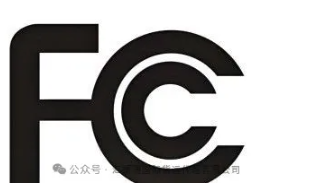
1. FCC Certification (Federal Communications Commission)
• Certification Body: The United States Federal Communications Commission.
• Scope: Primarily for radio application products, communication products, and digital products, such as wireless communication devices (Wi-Fi, Bluetooth devices), consumer electronics (computers, televisions), power products (chargers), smart home devices, etc.
• Certification Types:
• FCC SDOC: Applicable to ordinary products without wireless functions, requiring manufacturers or importers to self-test and declare compliance.
• FCC ID (Certification): Applicable to products with wireless functions, requiring testing and certification by a certification body.
• Test Content: Primarily tests the product's electromagnetic compatibility (EMC) and radio frequency (RF) characteristics to ensure the product does not interfere with communication networks.
• Certification Process:
• Submit an application, including product name, model, instructions, technical specifications, etc.
• Conduct testing; the testing agency will conduct EMC and RF testing according to the product type and standards.
• After passing the test, obtain an FCC certification certificate or declaration of conformity.
• Certificate Validity: Valid for an extended period, but recertification is required if there are significant changes to the product.
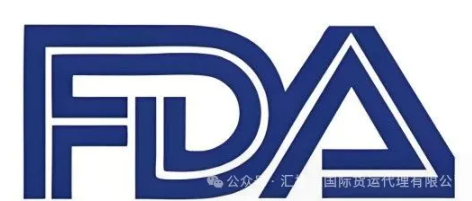
2. FDA Certification (Food and Drug Administration)
• Certification Body: The United States Food and Drug Administration.
• Scope: Food, drugs, cosmetics, medical devices, food additives, dietary supplements, etc.
• Certification Process:
• Factory Registration: Companies need to register their factories with the FDA to obtain a registration number.
• Product Listing: Companies need to submit product information for listing; some products also require test reports.
• Annual Renewal: Annual renewal is required from October to December each year; otherwise, the registration will be cancelled.
• Medical Device Certification: Classified into Class I, II, and III based on risk level. Class I and some Class II only require registration and listing; some Class II and Class III also require a 510(k) premarket notification or PMA (premarket approval) process.
• Cosmetic Certification: Ensure that the formula ingredients, label information, and packaging instructions comply with FDA regulations. Product registration can be completed after factory registration.
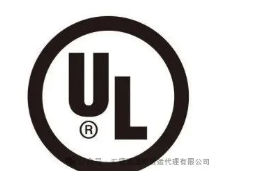
3. UL Certification (Underwriters Laboratories)
• Certification Body: Underwriters Laboratories.
• Scope: Electrical products, machinery, building materials, furniture, toys, etc., covering almost all product and material safety certifications.
• Certification Characteristics: Non-mandatory certification, but it has extremely high recognition in the US market; consumers and purchasing units usually prioritize products with the UL mark.
• Certification Process:
• Submit an application, including product description, technical specifications, parts list, etc.
• Conduct product testing; test content includes electrical safety, mechanical safety, and fire performance.
• Factory Audit: UL will conduct on-site inspections of the production factory to ensure that the production process meets the requirements.
• Obtain a UL certification certificate; the certificate is usually valid for one year and requires annual renewal.
• Fees: Application fees, testing fees, factory inspection fees, and file maintenance fees, etc., the fees are relatively high.

4. DOE Certification (Department of Energy)
• Certification Body: The United States Department of Energy.
• Scope: Applicable to the energy efficiency certification of electronic and electrical products, such as chargers, power adapters, televisions, refrigerators, air conditioners, etc.
• Certification Purpose: To improve product energy efficiency, save energy, and reduce greenhouse gas emissions.
• Certification Process:
• Submit an application, including product energy efficiency test reports.
• DOE reviews test reports to ensure that the product meets energy efficiency standards.
• Obtain the DOE certification mark; the product must be marked with an energy efficiency label in a prominent location.
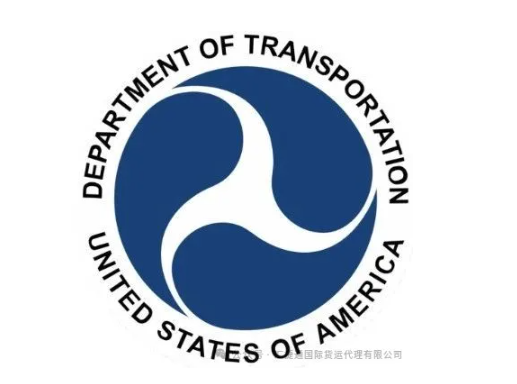
5. DOT Certification (Department of Transportation)
• Certification Body: The United States Department of Transportation.
• Scope: Transportation vehicles and their components, such as automobiles, motorcycles, tires, car seats, etc.
• Certification Purpose: To ensure that transportation vehicles and their components meet US safety standards and protect public transportation safety.
• Certification Process:
• Submit an application, including product design documents, safety test reports, etc.
• Conduct safety tests; test content includes collision tests, braking performance tests, etc.
• Obtain the DOT certification mark; the product must be marked with the DOT mark in a prominent location.
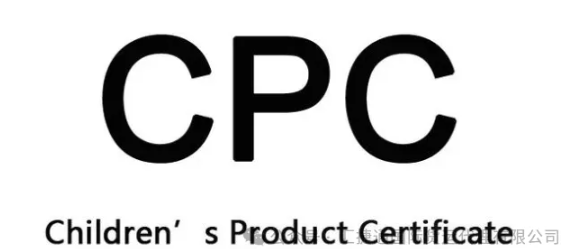
6. CPSC Certification (Consumer Product Safety Commission)
• Certification Body: The United States Consumer Product Safety Commission.
• Scope: Primarily for household appliances, children's toys, fireworks, and other consumer products used in homes, sports, entertainment, and schools.
• Certification Purpose: To protect consumers from safety risks associated with consumer products.
• Certification Process:
• Submit an application, including product safety test reports.
• Conduct safety tests; test content includes mechanical safety, electrical safety, and chemical safety.
• Obtain a CPSC certification certificate; the certificate is usually valid for one year and requires annual renewal.
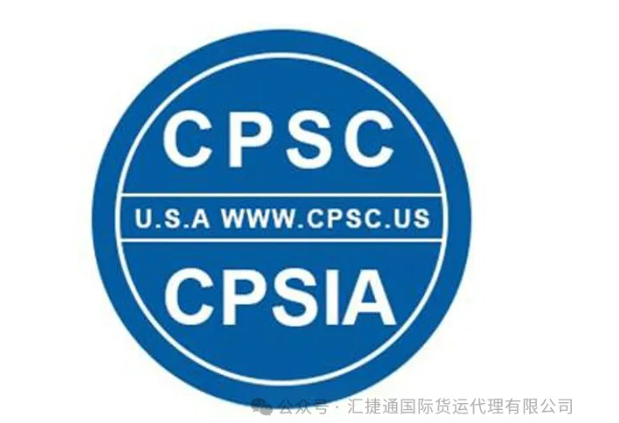
7. CPSIA Certification (Consumer Product Safety Improvement Act)
• Certification Body: The United States Consumer Product Safety Commission.
• Scope: Toys and children's products, especially products used by children under 12 years old.
• Certification Purpose: To ensure that children's products do not contain harmful substances such as lead and phthalates.
• Certification Process:
• Submit an application, including product test reports.
• Conduct testing; testing content includes heavy metal content and phthalate content.
• Obtained CPSIA certification, valid for one year and requires annual renewal.

8. Energy Star Certification
• Certification Body: United States
Keywords:










